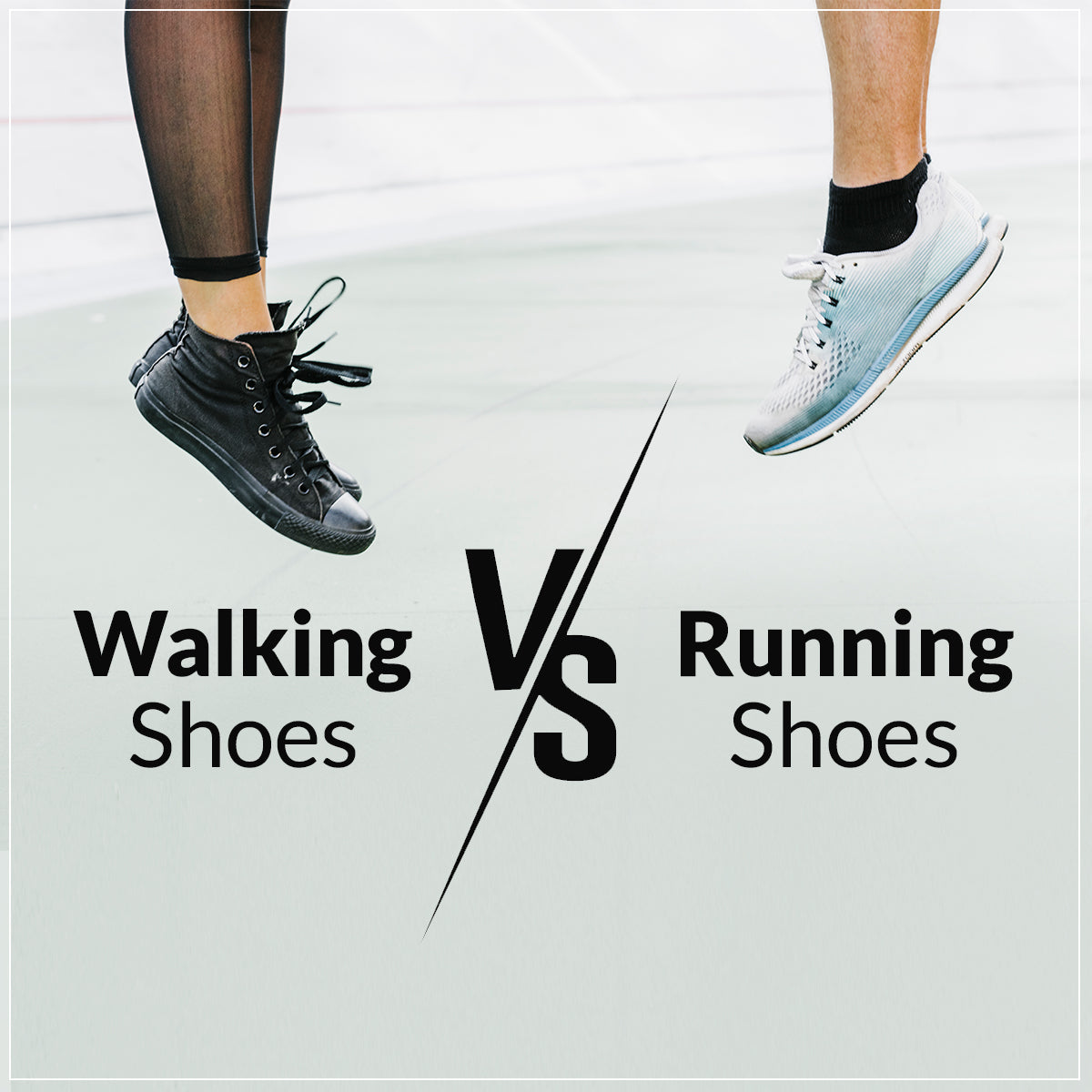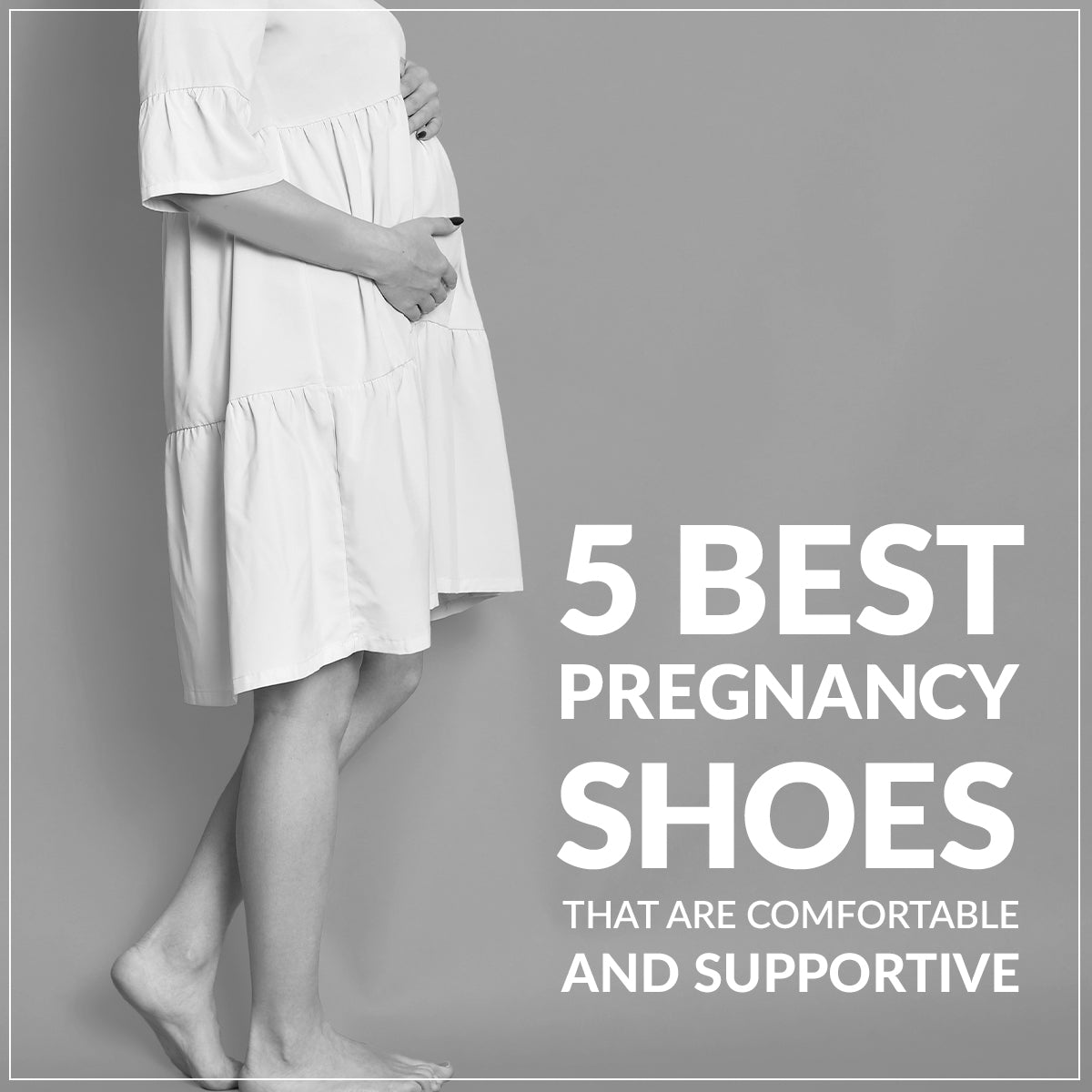
Difference Between Running Shoes and Walking Shoes
Whether you are just a casual walker or an experienced runner, picking the right shoes is most important to achieve comfort and performance as well as the prevention of injury. Do you know the difference between running and walking shoes? Well, they look the same but are made for different purposes—to move you through each activity differently.
This guide explores the key differences between running and walking shoes, so you can make an informed decision and keep yourself comfortable for every activity.
Understanding the Key Differences between Walking and Running Shoes
Cushioning
- Running shoes tend to have more cushioning in the sole to absorb the shock of running, which can be harder on joints.
- Walking shoes tend to be less cushioned because walking places less stress on the body. Too much cushioning might feel unstable when the slower, steadier motion of walking is concerned.
Heel-to-Toe Drop
- Running shoes typically have a higher drop (height difference) between the heel and the forefoot, as runners tend to land with their feet more forward, requiring extra support in the heel.
- Walking shoes usually have a flatter profile, providing more natural foot movement since walkers roll from heel to toe with each step.
Flexibility and Support
- Running shoes are more flexible at the toe to allow for the push-off motion when running.
- Walking shoes offer more support and stability, especially around the arch and heel, because walking involves more consistent and less dynamic motion.
Weight and Design
- Running shoes are often lighter and designed for speed and agility.
- Walking shoes may be slightly heavier and are designed to offer more stability and comfort for longer, slower movements.
Why Choosing the Right Shoe Matters?
Selecting the correct pair of shoes for your activity is essential to prevent discomfort and injury. Here’s why walking shoes vs. running shoes make such a difference.
- Injury Prevention: Wearing the wrong shoe can lead to common issues like blisters, shin splints, and foot pain. Running shoes are designed to absorb shock and protect your joints, while walking shoes provide stability for longer, controlled movements.
- Comfort: Walking shoes are built for support and a steady stride, ensuring all-day comfort. Running shoes provide the extra cushioning needed for high-impact activities, making your run smoother.
- Performance: Running requires more flexibility and cushioning to handle quick, repetitive movements, which running shoes excel at. Walking shoes, on the other hand, promote a stable, natural gait for walking longer distances.
- Foot Health: The right shoes help maintain proper alignment and posture, reducing strain on muscles, ligaments, and tendons. Wearing running shoes while walking, or vice versa, can disrupt your stride and lead to discomfort or injury.
Specialized Shoes for Different Activities
Orthopedic Walking Shoes: Orthopedic walking shoes are designed to provide extra support, cushioning, and stability, making them ideal for individuals with foot conditions like plantar fasciitis, flat feet, or arthritis. These shoes help reduce pain, improve posture, and ensure a comfortable walking experience by offering enhanced arch support and pressure relief.
Trail Running Shoes: These are specially designed for off-road running, providing the durability, traction, and support needed to tackle rugged terrains and unpredictable conditions. Unlike regular running shoes, trail runners feature aggressive treads, reinforced uppers, and added stability to protect your feet from rocks, roots, and uneven surfaces.
Can Walking Shoes Be Used for Running?
Walking shoes can be used for running, but they aren't the best choice. They have a flatter sole and less cushioning in the heel, which means they don't absorb the shock from running very well. Plus, they might not be flexible enough for the way your foot pushes off when you run. On the other hand, running shoes have more cushioning, better flexibility, and a higher heel-to-toe drop to help with your natural running style.
So, while you can wear walking shoes for a little bit of running, they won't give you the support or comfort you need for longer or more intense runs. It's better to pick shoes that are made for each specific activity to keep you comfortable and safe from injuries.
Conclusion
The difference between running shoes and walking shoes lies in their design and functionality. Running shoes offer extra cushioning, flexibility, and a higher heel-to-toe drop to support the higher impact and faster pace of running. In contrast, walking shoes are designed with more stability and comfort, providing a flatter sole and less cushioning for steady, low-impact movement. Choosing the right shoes for each activity is crucial to preventing injuries and enhancing performance. Understanding the difference between the shoes ensures you get the proper support for your specific needs, promoting comfort and foot health.
At Medifeet, we offer a diverse selection of shoes that seamlessly blend style and practicality. Browse our collection and take the next step toward enhanced stability, pain relief, and a more confident stride. Discover your ideal pair today!









